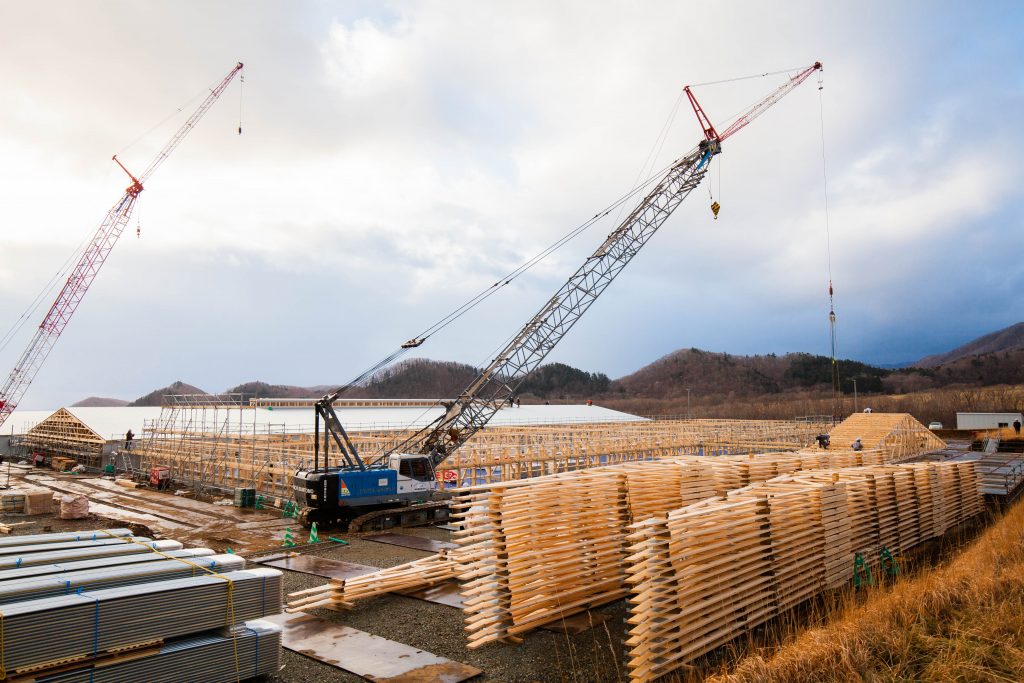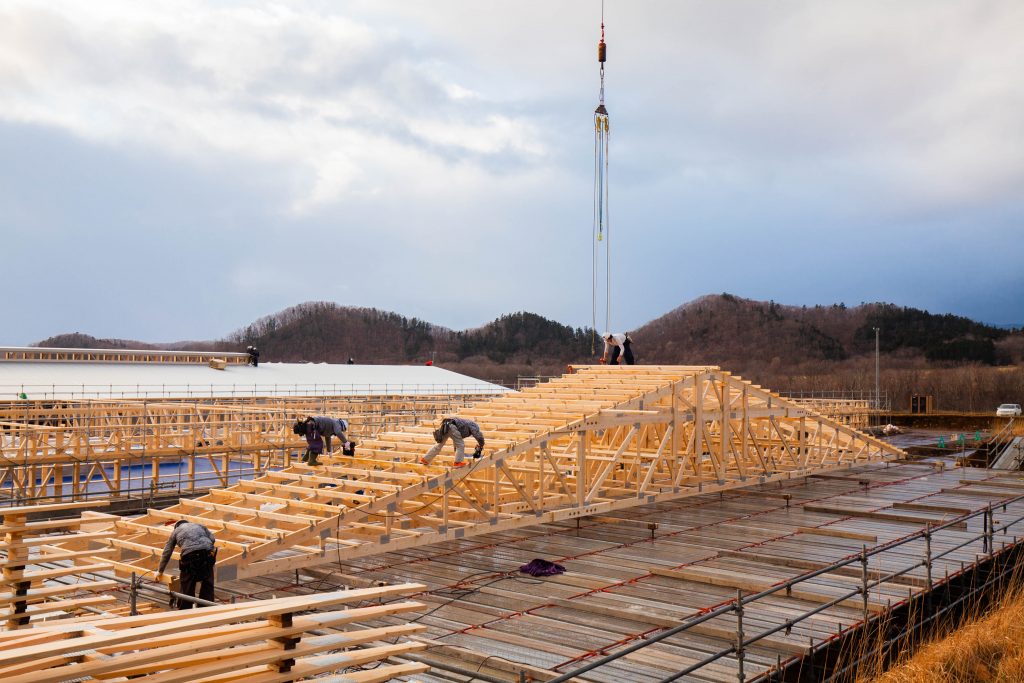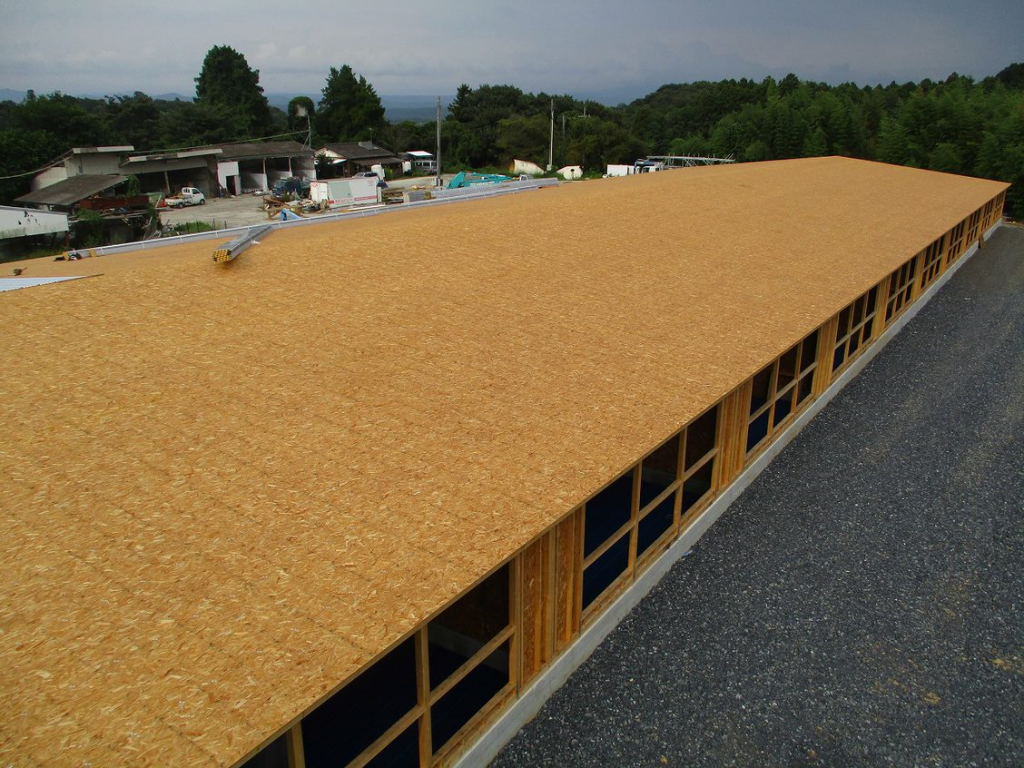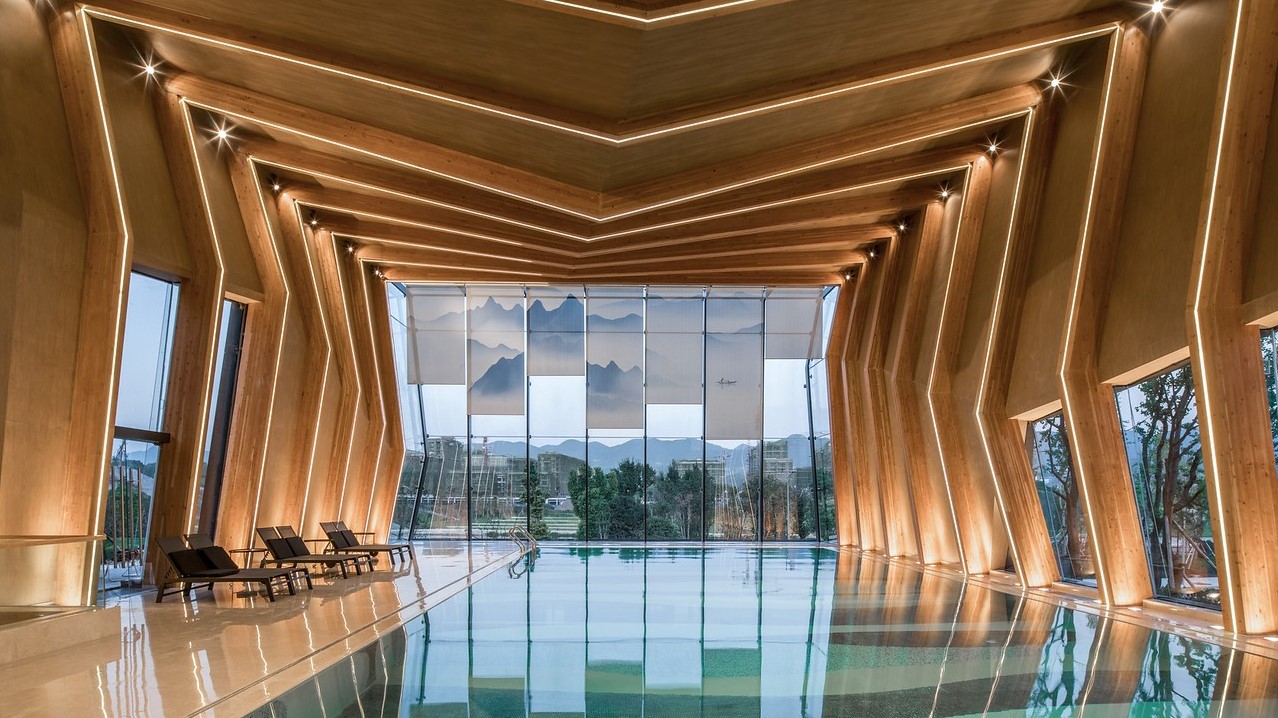Opportunities
As Japan’s population ages, the country is increasingly using wood in non-residential applications like hotels, restaurants, schools, and elder-care facilities. To this end, new innovative wood building systems such as long-span wood-truss systems are a natural fit for Canadian forest products in Japan’s non-residential construction market. According to 2018-member survey data from the Japan Wood Truss Council, truss use in large-scale non-residential structures jumped 54.1%.


What is a truss system
A truss is a structural frame that relies on a triangular arrangement of webs and chords, in order to transfer weight loads to reaction points. Trusses’ geometric arrangement gives them a high strength-to-weight ratio, allowing them to enable larger spans with heavier imposed loads than conventional framing. Trusses can be designed simply, or as multi-span; with or without cantilevers. Their long span capability often eliminates the need for interior load-bearing walls, offering the designer flexibility in floor layouts. The shape and size of light-frame trusses is restricted only by manufacturing capabilities, shipping limitations and handling considerations. Because they’re prefabricated and can be installed quickly, they’re a cost-competitive option for the non-residential construction industry.
Market Development
To capitalize on the increasing demand for wood truss, Canada Wood Japan works closely with the Japan Wood Truss Association to develop market promotion activities, conduct market research, expand the truss fabricator network and address some of the industry’s technical issues.


Codes and Standards
We have funded extensive technical development leading to code recognition of SPF and OSB constructed assemblies of long-span hybrid trusses. With non-residential designs inherently requiring longer spans and more robust building solutions, these assemblies position Canadian exporters to capitalize on entering untapped market potential.






